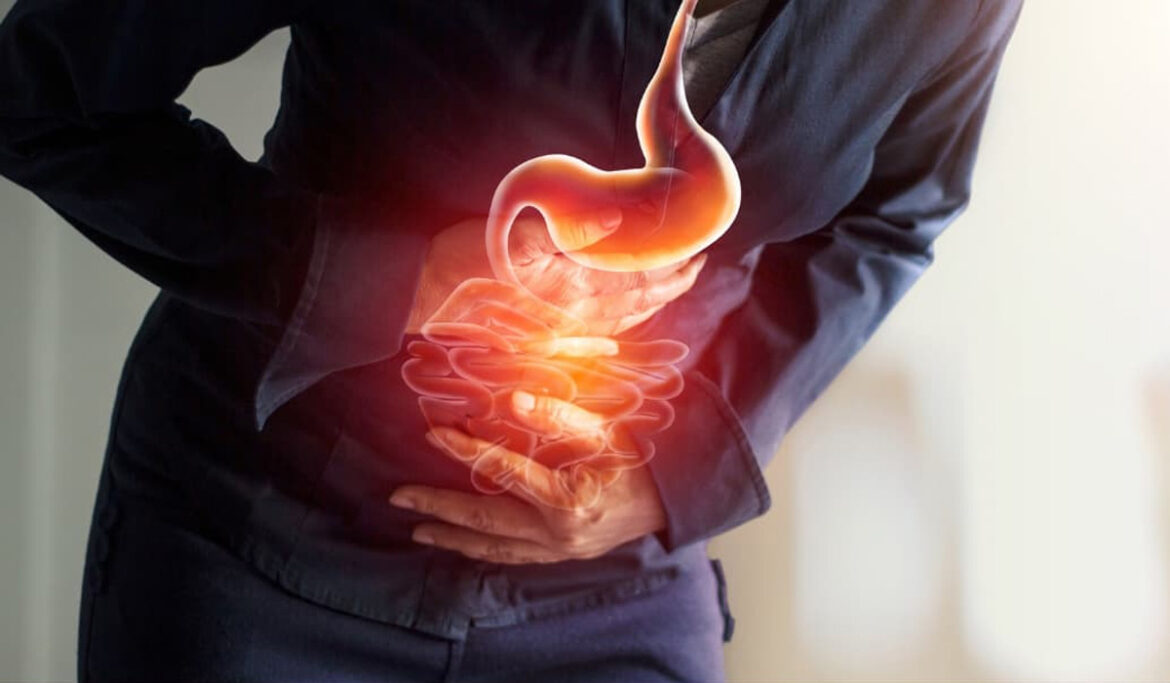What is Gastric Cancer?
Gastric cancer, also referred to as stomach cancer, is lead by precancerous changes in the lining of the stomach. This cancer is the result of accumulation of malignant or cancerous group of cells that is responsible for developing a tumor anywhere in the stomach. Men are more likely to suffer from stomach cancer as compared to women. This cancer has also been seen in older people who are above 55 years of age.
Stomach Cancer Types
Tumor cells are responsible for determining the stomach cancer type. The different treatment options are determined by the type of cells in the stomach. Stomach cancer types are –
- Cancer that starts in the nervous system tissue: The tumor that starts in particular cells of the nervous system that can be found in the stomach is known as gastrointestinal stromal tumor (GIST).
- Cancer that starts in the glandular cells (Adenocarcinoma): Within the stomach, there are glandular cells that secrete a layer of mucus to protect the stomach lining from the acidic digestive juices. Adenocarcinoma is considered as the major type of stomach cancer.
- Cancer that starts in hormone producing cells (Carcinoid Cancer): Hormone-producing cells are responsible for developing Carcinoid cancer.
- Cancer that starts in immune system cells (Lymphoma): The presence of a little number of immune system at the stomach walls develops cancer.
Stomach Cancer Causes
Some of the causes include –
- Smoke
- Family history of gastric cancer
- Have pernicious anemia
- Have Helicobacter pylori (infection of the stomach by bacteria)
- Swelling and inflammation in the stomach from a long time
- Presence of a polyp in the stomach that is larger than 2cms
Stomach Cancer Symptoms
Some of the symptoms may include –
- Heartburn
- Stomach discomfort and indigestion
- Loss of appetite
- Mild nausea
- A bloated feeling after eating
Some of the symptoms in advanced stages of stomach cancer are –
- Stomach pain
- Blood in the stool
- Unexplained weight loss
- Vomiting
Stages of Stomach Cancer
Stage 0 (Carcinoma in situ): In this stage, cancer is present in the inner lining of the mucosal layer of the wall of the stomach.
Stage I: This stage is categorized into two stages- IA and IB that also depends on the spread of the cancer.
- Stage IA: Here in this stage, the cancer has spread completely from the mucosal layer of the wall of the stomach.
- Stage IB: Cancer has spread to the muscularis layer of the stomach wall or has completely spread from the mucosal layer of the stomach wall that can be found in almost 6 lymph nodes surrounding the tumor.
Stage II: In this stage, the cancer has spread –
- To the serosal layer of the wall of the stomach but not to other organs or to lymph nodes
- To the middle layer of the stomach wall and can be found in almost 6 lymph nodes surrounding the tumor, or
- From the innermost layer of the wall of the stomach and can be found in 7-15 lymph nodes surrounding the tumor
Stage III: This stage is categorized into IIIA and IIIB that depend on the spread of the cancer. In stage IIIA, cancer has spread to –
- Organs just next to the stomach that has not spread to other body parts or to lymph nodes
- The middle layer of the wall of the stomach and can be found in 7-15 lymph nodes surrounding the tumor, or
- The outermost layer (serosal) of the wall of the stomach and can be found in 1-6lymph nodes surrounding the tumor
Stage IV: Here in this stage, the cancer has spread to –
- Different body parts
- Organs just next to the stomach and to at least 1 lymph node, or
- More than 15 lymph nodes
Diagnosis of Stomach Cancer
Some of the tests are performed for diagnosing gastric cancer that include –
- Stool test for checking blood in the stools
- Complete blood count (CBC) for checking anemia
- Esophagogastroduodenoscopy (EGD) is performed along with biopsy for examining the stomach tissue. A tiny camera is used for looking the stomach from within
Treatment for Stomach Cancer
The treatment depends on the stage of the disease and how far the tumor has grown. The treatment options include –
Radiation Therapy : This therapy is combined with chemotherapy for treating stomach cancer.
Chemotherapy : This therapy uses cancer destroying drugs for treating stomach cancer. When the cancer has invaded the stomach wall layers surrounding the lymph nodes and nearby organs then chemotherapy is given. For shrinking the tumor first, chemotherapy is given before the surgery. It can also be given after the surgery for destroying the remaining cancer cells. Chemotherapy can also be combined with radiation therapy that provides relieves from many cancer symptoms and can also delay the recurrence of the cancer.
Surgery : Surgery is considered as the most common treatment for gastric cancer. Any of these two options can be performed for removing the cancer –
- Total Gastrectomy : Parts of the esophagus, tissue surrounding the tumor, entire stomach and small intestines are removed. A patient can continue to swallow and eat as here esophagus is connected with the small intestine
- Subtotal Gastrectomy : Organs surrounding the tumor, part of the stomach containing cancer and parts of the tissues are removed.
Lymph nodes are also removed for examining cancer cells. Rarely, part of the pancreas and spleen are also removed.
